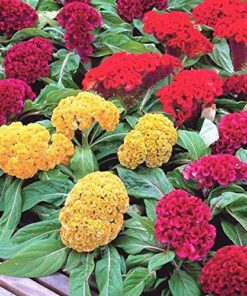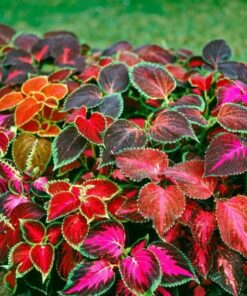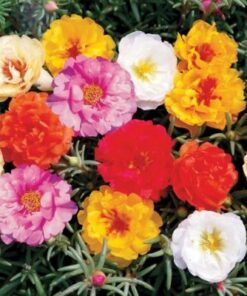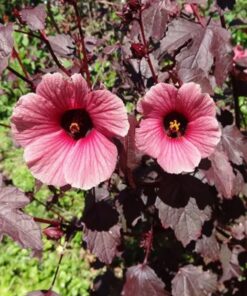Cockscomb Seeds Dwarf Cristata pack of 40-50 seeds Open Pollinated
₹40.00
In stock
SKU: CockscombDwarfCristata
Categories: Summer Flower seeds, Winter Flower Seeds
Cockscomb (Celosia cristata) is a winner with big, fuzzy flowers. It’s easy and satisfying to grow from seed. For pretty plants and gorgeous flowers, keep reading.
Cockscomb Selecting Seeds
Cockscomb Use quality seeds from a good source. Cockscomb exists in numerous colors: red, yellow, orange, and pink. Select the one that will do for your garden.
| Number of Seeds | 40-50 seeds |
|---|---|
| Sowing month | Feb to Oct |
| Blooming Month | April To Dec |
| Temperature | Above 30C |
| Sun | Full sun except may june |

Preparing the Soil
Firstly Cockscomb needs fertile and well-draining soil. Select a full-sun position and spade the ground. Add compost or organic matter to provide more fertility. Adjust the soil pH to 6.0 to 7.0 to encourage growth.
Planting the Seeds
Sow seeds indoors 6 to 8 weeks before the last frost date or directly in the ground after the risk of frost has passed. Keep indoors in a light, well-draining potting mix. Sow seeds thinly on the surface and press lightly into the potting mix. Cover seeds with thin layer as they require little light to germinate. Water very sparingly to just moisten the potting mix, but do not waterlog.
Cockscomb Germination and Seedling Care
Also Seeds typically germinate in 10 to 15 days. Give them 70-75°F (21-24°C) to ensure optimum results. Thin them out after they have produced their first set of true leaves to avoid overcrowding. Set them out individually if needed, and give them full sun.
Transplanting Outdoors
Harden the seedlings prior to outdoor transplanting by acclimating them slowly to outdoor conditions over a seven-day period. Transplant them in garden beds that have been well prepared, with space between each one of 10-12 inches so that they get good ventilation. Water them thoroughly after transplanting.
Taking Care of Cockscomb Plants
Water frequently but not overmuch. Cockscomb is very drought-tolerant when already well-settled, but will appreciate normal watering when it is subjected to dryness. Fertilize with balanced fertilizer with a gap of several weeks for the encouragement of healthy growth and beautiful flowers. Deadheading for the encouragement of more flowers also.
Pest and Disease Control
Cockscomb is insect-resistant, but watch for aphids and spider mites. Insect infestations can be controlled with neem oil or insecticidal soap. Hence Fungal disease can be avoided by having good air circulation and avoiding overhead watering.
Relishing the Blooms
The cockscomb flowers survive summer and fall, providing a dramatic pop of color to the garden. With these simple steps, you can cultivate lovely cockscomb flowers.
Finally Start your seeds today and have a garden full of unique, soft flowers!
| Color | Mix |
|---|---|
| Germination Level | Easy |
| Growth Pattern | Up right Straight |
| Hybrid or Open Pollinated | Open Pollinated |
| Ideal location | Full sun |
| Origin Country | India |
Be the first to review “Cockscomb Seeds Dwarf Cristata pack of 40-50 seeds Open Pollinated” Cancel reply
You must be logged in to post a review.
Related products
Summer Flower seeds
Rated 5 out of 5
₹90.00
Summer Flower seeds
Rated 5 out of 5
₹60.00
Summer Flower seeds
Rated 4 out of 5
₹40.00
Summer Flower seeds
Rated 5 out of 5
₹70.00















Reviews
There are no reviews yet.